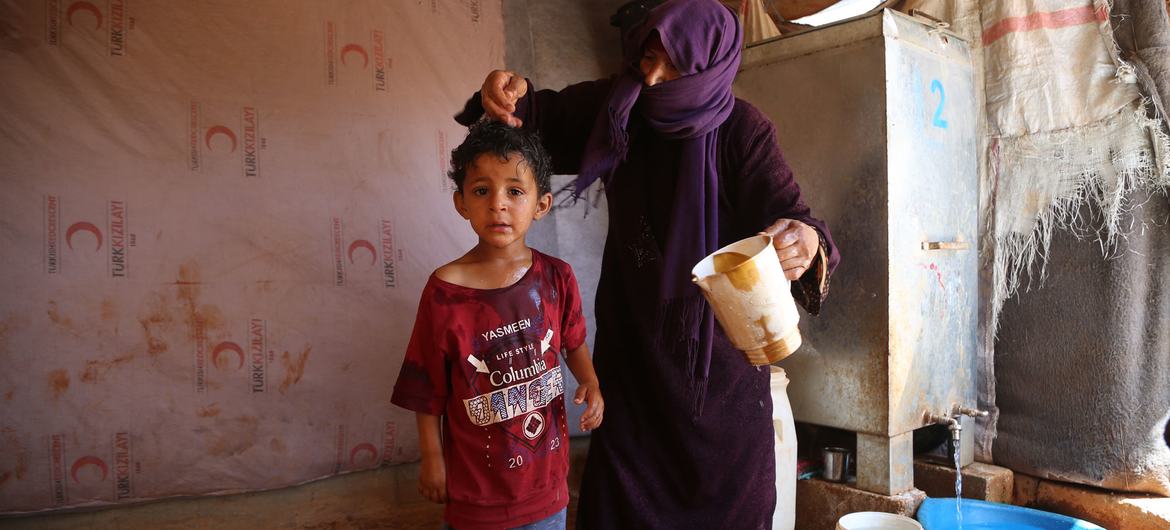
One in five children – or 466 million – live in areas that experience at least double the number of extremely hot days every year compared with their grandparents’ generation, according to a new UNICEF analysis released on Wednesday.
“Extreme heat is increasing, disrupting children’s health, wellbeing and daily routines,” said UNICEF Executive Director Catherine Russell.
The study compared averages in the 1960s with the period 2020-2024, measuring the days which exceeded 35 degrees Celsius (95 degrees Fahrenheit).
It presents a stark warning over the speed and scale at which such days are increasing for almost half a billion children worldwide, many without the infrastructure or services to endure it.
In examining country-level data, the analysis also found that in 16 countries, children now experience more than a month of additional extremely hot days compared with six decades ago.
In South Sudan, for example, children are living through a yearly average of 165 extremely hot days this decade, compared to 110 days in the 1960s, while in Paraguay, it has jumped to 71 days from 36.
Globally, children in West and Central Africa face the highest exposure to extremely hot days and the most significant increases over time, according to the analysis. A total of 123 million children, or 39 per cent of children in the region, now experience an average of more than one third of the year, or at least 95 days, in temperatures above 35°C, reaching as many as 212 days in Mali, 202 days in Niger, 198 days in Senegal and 195 days in Sudan.
In Latin America and the Caribbean, almost 48 million children live in areas that are experiencing twice the number of extremely hot days.